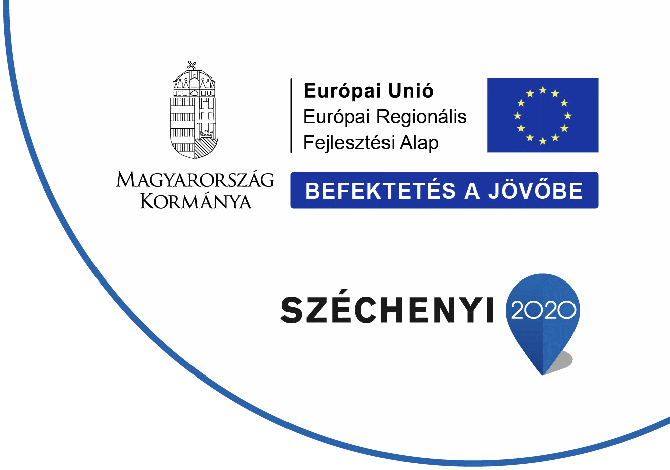When it comes to funding research and collaborative projects, two important documents are often used: the consortium agreement and the grant agreement. While both may seem similar, they serve different purposes and understanding the differences between them is crucial.
Consortium Agreement:
A consortium agreement, also known as a collaboration agreement, is a legal document that governs the relationship between multiple parties involved in a joint project. This document outlines the terms and conditions of the collaboration, including the scope of work, the distribution of intellectual property rights, and the financial obligations of each party. Consortium agreements are commonly used in research projects that involve multiple institutions, universities, or industry partners.
Grant Agreement:
A grant agreement is a legal document that defines the terms and conditions of a funding relationship between the funding agency and the grantee. This document outlines the project goals, the expected outcomes, and the reporting requirements. It also typically includes the financial terms, including the amount of funding, the payment schedule, and the expected use of funds.
Differences between Consortium Agreement and Grant Agreement:
While both documents may appear similar, they serve different purposes. The consortium agreement is intended to govern the relationship between the parties involved in the project, while the grant agreement outlines the funding relationship between the funding agency and the grantee. The consortium agreement is flexible and can be adapted to the needs of the parties involved in the project. In contrast, the grant agreement is typically more rigid and follows the guidelines set by the funding agency.
The consortium agreement is typically more comprehensive than the grant agreement. It covers all aspects of the collaboration, including the distribution of intellectual property rights, the scope of work, and the obligations and responsibilities of each party. In contrast, the grant agreement focuses mainly on the financial aspects of the project.
Conclusion:
In summary, the consortium agreement and the grant agreement are two important legal documents used in collaborative research projects. While both serve different purposes, they work together to ensure the success of the project. It is critical for all parties involved in the project to understand the differences between these two documents and the role that each one plays. By doing so, they can ensure a successful and productive collaboration.

